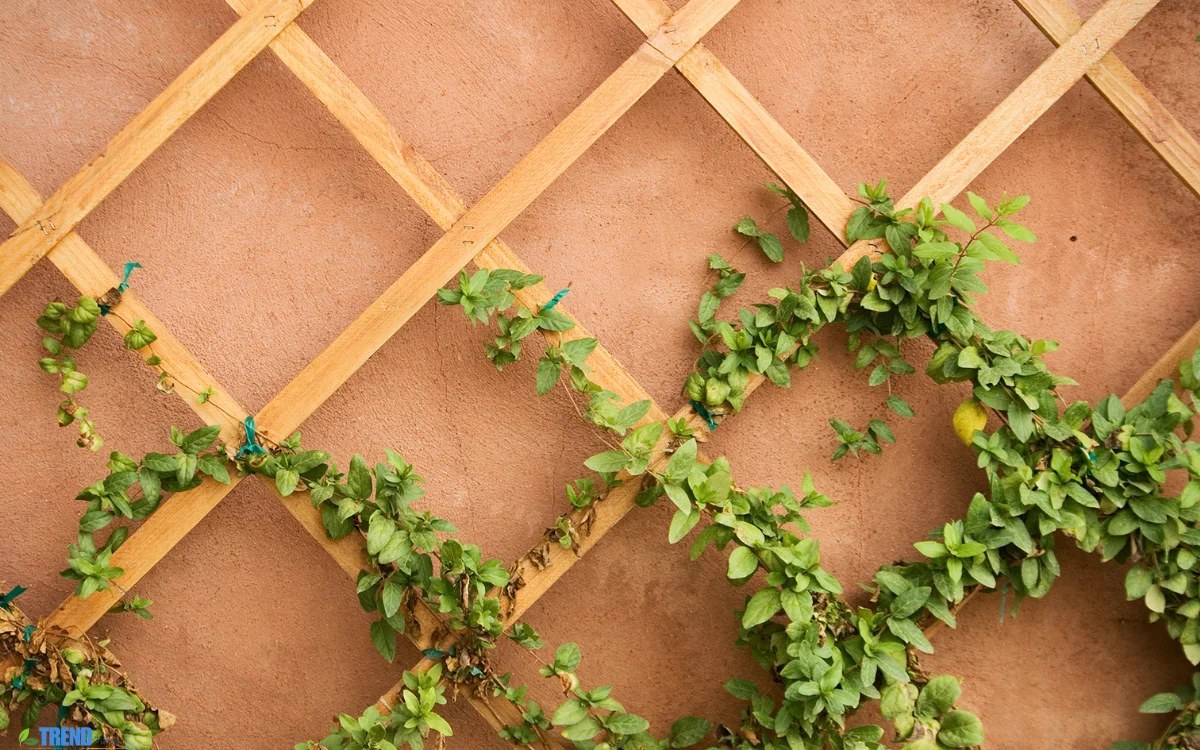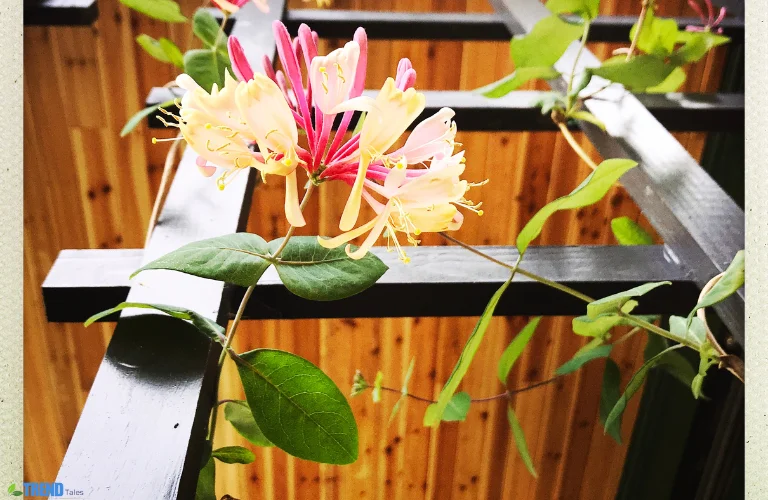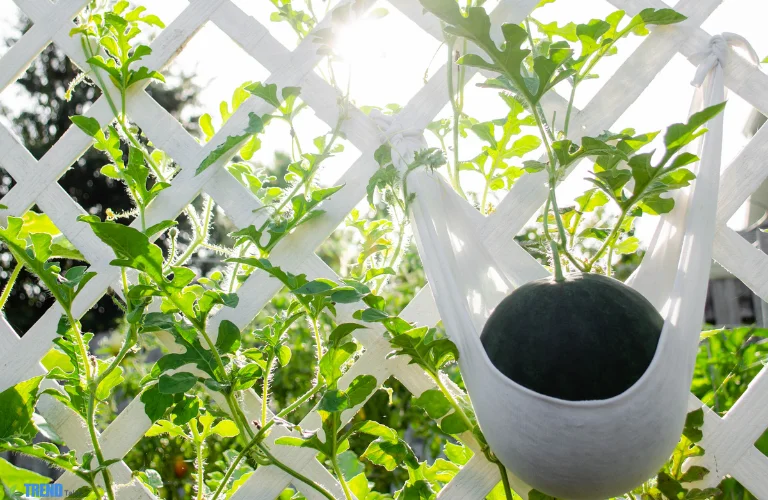Trellis Panels: A Stylish and Practical Addition to Your Garden

When it comes to enhancing your garden’s charm and structure, trellis panels are a timeless choice. Whether you’re training climbing plants, adding privacy, or creating garden zones, these panels offer both form and function. In this blog, we’ll explore the versatility, benefits, types, and installation of trellis panels, along with design ideas and maintenance tips to inspire your outdoor space.
What Are Trellis Panels? They are available at garden supply shops and home improvement retailers.
Trellis panels are structural frameworks crafted from wood, metal, or plastic, intended to support vines and climbing plants. These panels are commonly used in gardens to introduce height, structure, and visual appeal. They come in a variety of sizes, patterns, and materials, making them suitable for many garden styles.
Why Choose Trellis Panels?
There are several compelling reasons to include trellis panels in your outdoor setup:
-
Plant Support: Ideal for holding up all kinds of climbing plants and vines.
-
Privacy Enhancement: Can act as living fences or screens for increased privacy.
-
Aesthetic Appeal: Adds an attractive vertical element to garden design.
-
Efficient Use of Space: Ideal for small gardens or balconies where space is limited.
Types of Trellis Panels
Depending on your garden style and practical needs, you can choose from several types of trellis panels.
Wooden Trellis
These are the most traditional and popular option.Wooden panels can be customized with paint or stain to complement your garden’s design. They have a natural appearance and seamlessly complement surrounding plants. Pressure treated wood provides resistance against rot and pests.
Metal Trellis
Offering strength and durability, metal structures work great in modern or formal gardens. Wrought iron or steel versions often feature intricate designs that enhance garden aesthetics.
Plastic Trellis
Plastic panels are a cost effective and lightweight option that resists both moisture and pests. They are easy to install and suitable for DIY garden projects, especially in temporary setups.
Best Plants for Trellis Panels
Beautiful vertical displays can be created by combining the appropriate plants with trellis panels. Here are some ideal climbers:
-
Clematis
-
Climbing roses
-
Honeysuckle
-
Jasmine
-
Morning glory
-
Passionflower
-
Sweet peas
Each of these plants brings unique colors and textures to your garden when grown vertically.
How to Install Trellis Panels
Setting up trellis panels is an easy DIY project that can improve both the look and function of your garden.
Tools You May Need
-
Fence posts or wall brackets
-
Screws, nails, or ties
-
Drill and screwdriver
-
Measuring tape and level
Step-by-Step Installation Guide
Choose the Location: Pick an area that receives plenty of sunlight.
-
Fix the Support: Attach the panel to existing fences, walls, or freestanding posts.
-
Secure the Panel: Use brackets or screws to firmly attach the panel.
-
Align Properly: Ensure it’s level and positioned straight.
-
Add Plants: Place your climbing plants near the base and begin training them upward.
Creative Ways to Use Trellis Panels

They can serve more than just a functional purpose they also contribute to garden style and design.
Create a Green Wall
Arrange multiple panels side by side and grow dense greenery like ivy or climbing hydrangea for a lush green wall.
Define Outdoor Zones
Use panels to divide your garden into functional areas such as dining, relaxing, or planting zones.
Balcony and Patio Privacy with Trellis Panels
For those with smaller outdoor spaces, trellis panels offer an excellent way to introduce both greenery and privacy without taking up much space.
Artistic Backdrops
Paint or decorate the trellis and use it as a backdrop for garden sculptures, potted plants, or lights to enhance nighttime ambiance.
Maintenance Tips for Trellis Panels
To ensure they last and maintain their appearance, follow these basic care tips:
-
Wood Panels: Treat with wood preservative once a year to protect from moisture and insects.
-
Metal Panels: Check periodically for rust, and repaint with anti-rust coating as needed.
-
Plastic Panels: Clean with soap and water to remove dirt and mildew.
Regular inspections for loose parts, damage, or wear can extend the life of your trellis and ensure your plants stay well-supported.
Conclusion
Trellis panels are more than just gardening accessories they are powerful design tools that bring structure, beauty, and versatility to outdoor spaces. Whether you’re creating a private corner, growing vertical vegetables, or simply enhancing the look of a garden wall, these panels offer endless possibilities. With options in wood, metal, and plastic, there’s An ideal choice for all garden styles and budgets. By choosing the right style and maintaining it properly, it will serve as an enduring feature in your garden for years to come.
FAQs About Trellis Panels
Q1: What is the best material for a trellis?
The ideal material varies based on your garden’s design and local weather conditions. Wood offers a natural aesthetic, metal is strong and long-lasting, while plastic is low-maintenance and cost effective.
Q2: Can they be freestanding?
Yes, you can install independent posts to create freestanding screens or partitions in your garden.
Q3: How can I train plants to climb?
Start by loosely attaching young plant stems to the structure with soft ties or garden twine. As the plants grow, direct the shoots to thread their way through the panel.
Q4: Are these suitable for edible plants?
Absolutely. Vegetables like peas, beans, cucumbers, and even tomatoes can thrive when trained on trellis panels.
Q5: How do I secure them to a wall?
Use appropriate wall brackets, screws, and plugs to safely attach trellis panels to brick, wood, or concrete walls.
Q6: Do they require a lot of maintenance?
Maintenance needs vary by material. Wood requires sealing, metal may need rust proofing, and plastic only needs occasional cleaning.
Q7: Can I use them indoors?
Yes, compact panels are suitable for indoor use as decor or to support climbing plants inside.
Q8: How tall should they be?
Standard sizes range from 4 to 8 feet. Select a height that suits the type of plant and the level of privacy you want.
Q9: Can they be painted?
You can paint wooden and metal panels to complement your garden’s design. Use weather-resistant paint for durability.
Q10: Where can I buy quality products?
They are available at nurseries, hardware stores, and home improvement retailers. r online from specialized garden supply retailers.

1 comment